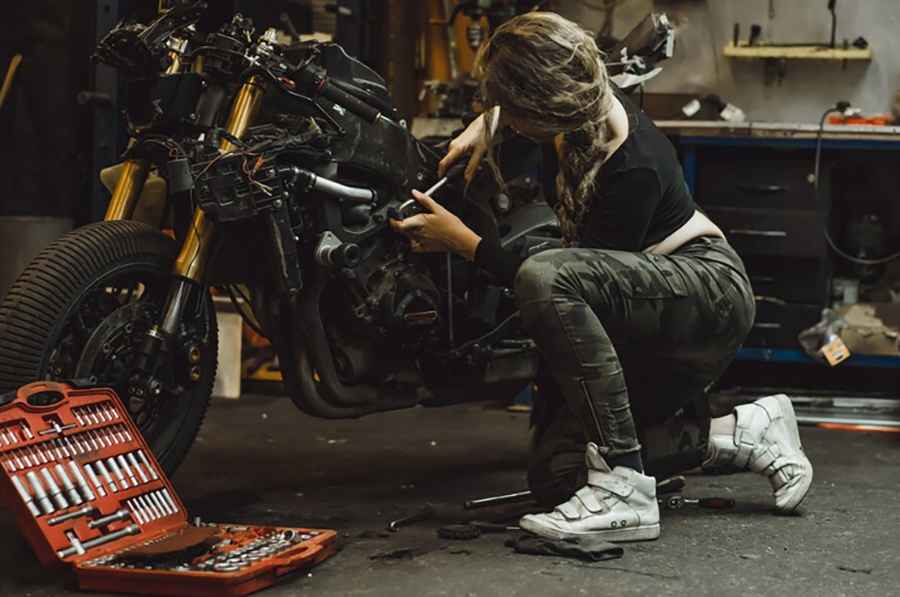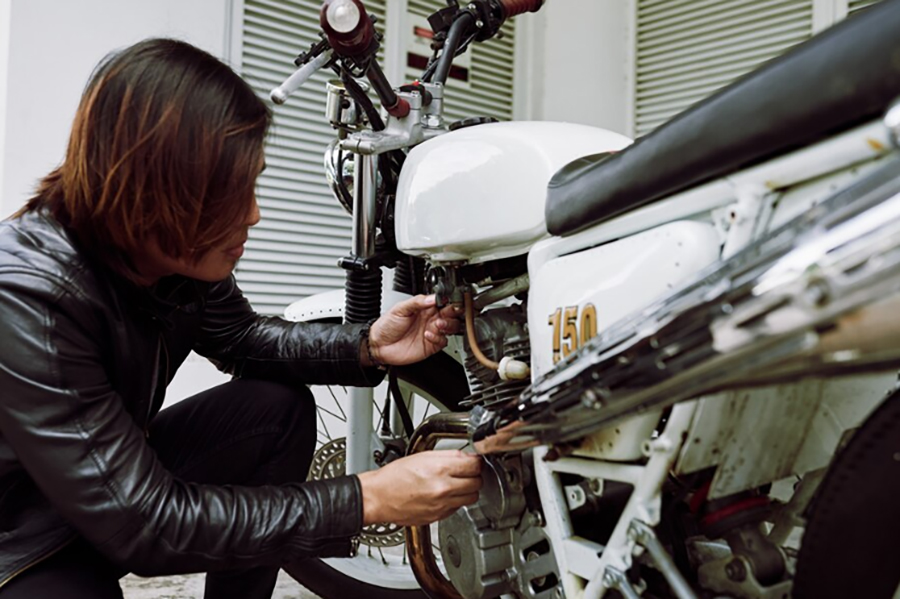How to Repair Your Bike before Heading on a Long & Unpredictable Trip
Embarking on a long and unpredictable bike trip is a thrilling adventure filled with the promise of open roads and unforgettable experiences. However, before you rev up the engine and hit the highway, it's crucial to ensure that your bike is in top condition. In this guide, we'll explore the essential steps to repair your bike and equip yourself with the necessary skills and tools to handle any situation on the road.

Assessing Your Bike's Condition
Before you set off on your journey, take the time to thoroughly inspect your bike. Check for signs of wear and tear on crucial components such as tires, brakes, and the engine. Look out for worn brake pads, cracked hoses, or loose bolts that could spell trouble during your trip. Identifying potential issues early on will allow you to address them before they escalate into more significant problems on the road.
Essential Tools and Supplies
Ensuring you have the necessary tools and supplies is paramount for any motorbike rider preparing for an extended journey. In addition to standard toolkit essentials like wrenches and screwdrivers, it's vital to include motorbike repair tools in your arsenal. These specialized items, such as socket sets, spark plug wrenches, and cable lubricants, cater specifically to motorbike maintenance needs. Carrying spare parts like spark plugs, fuses, and cables further enhances your preparedness for on-the-go fixes. By integrating motorbike repair tools into your kit, you equip yourself to tackle a broader range of maintenance and repair tasks, ensuring a smoother and safer journey on the road.
Basic Bike Repairs Every Rider Should Know
Flat tires are a common issue that bike riders may encounter on the road. Learning how to change a tire quickly and efficiently is a valuable skill that can save you time and frustration during your trip. Start by loosening the axle nut and removing the wheel from the bike. Use tire levers to pry off the tire, then replace the inner tube or patch the puncture as needed. Once the tire is repaired, reassemble the wheel and tighten the axle nut to secure it in place.
Checking and replacing fluids is another essential aspect of bike maintenance. Ensure that your oil, coolant, and brake fluid levels are topped up before you hit the road. If any of these fluids are low, refill them according to your bike's specifications to prevent damage to the engine or braking system. Additionally, inspect the condition of your brake pads and clutch cables, adjusting or replacing them if necessary to ensure smooth operation while riding.
Intermediate bike Repairs for Unexpected Situations
Electrical issues can be particularly challenging to diagnose and repair on the road. However, with the right knowledge and tools, you can troubleshoot and fix common electrical problems such as blown fuses or dead batteries. Keep a multimeter and a selection of spare fuses in your repair kit, and familiarize yourself with your bike's wiring diagram to help pinpoint the source of the issue.
Engine overheating is another problem that bike riders may encounter, especially during long rides in hot weather. If your engine starts to overheat, pull over to a safe location and turn off the bike. Allow the engine to cool down naturally, then check the coolant level and radiator for any signs of leaks. If necessary, top up the coolant or add water to the radiator to bring the temperature back down to a safe level.

Advanced Repairs and Troubleshooting
When faced with more severe mechanical issues, such as engine misfires or transmission problems, it's essential to stay calm and methodically troubleshoot the problem. Start by checking for common issues such as loose connections or worn components, then gradually work your way through more complex diagnostic procedures. In emergency situations, it may be necessary to improvise temporary fixes to get you back on the road safely. Carry zip ties, duct tape, and other versatile tools in your repair kit to help you MacGyver solutions to unexpected problems.
Practice Makes Perfect: Pre-Trip Maintenance Routine
Establishing a regular maintenance schedule is key to keeping your bike in peak condition. Make it a habit to inspect your bike before and after every ride, addressing any issues promptly to prevent them from escalating. Additionally, schedule regular mock repair sessions to simulate roadside repairs and familiarize yourself with the techniques and tools you may need on the road. Practice changing tires, checking fluids, and troubleshooting electrical issues until you feel confident in your ability to handle any situation that arises during your trip.
Preparing your bike for a long and unpredictable journey requires careful planning and preparation. By assessing your bike's condition, stocking up on essential tools and supplies, and mastering basic and advanced repair techniques, you can ensure a smoother and safer trip. Remember, practice makes perfect, so take the time to hone your skills before setting off on your adventure. With the right preparation and know-how, you'll be ready to tackle any challenges the road throws your way and make memories that will last a lifetime.